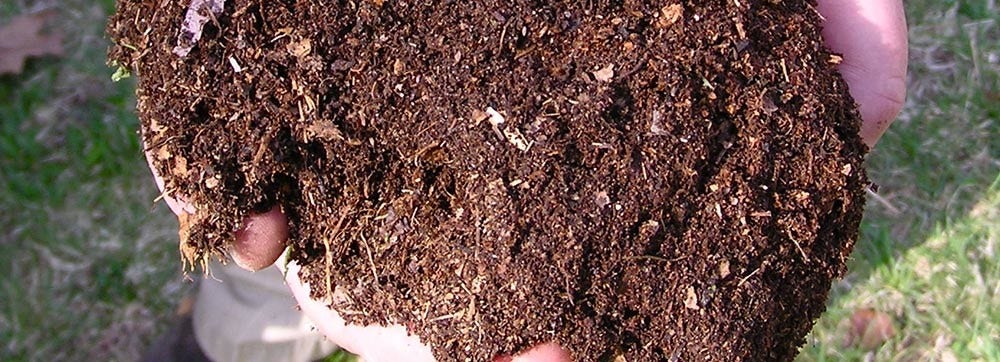Composting at home is easily doable
- By Soraya de Waard
- Jun 29, 2020
Let's talk about compostability and what you can do at home, yourself, everyday, no excuses: Compost is organic material that can be added to soil to help plants grow. Food scraps and yard waste together currently make up more than 28 percent of what we throw away, and should be composted instead. No bio-waste should end up in normal waste, where the valuable nutrients are destroyed in the incinerator or landfills, contributing to methane gas production, a potent greenhouse gas.
Option 1 - a worm farm - no need of a garden (but you'd better like animals)
Several practical and stylish worm composting systems for homes and communities are available. With the help of worms, bio-waste is recycled at home into a nutrient-rich bio fertilizer, conveniently and odorless. So go for a check, you don't need much space or specific conditions - go for home composting your organic waste, we can wormly recommend it!
Option 2 - the Bokashi bin - effective microorganisms, they work hard for your benefit
What's going on in that bin? 'Effective microorganisms' are a mixture of bacteria and other microorganisms that can be found in nature on various surfaces and in organic materials individually. These regenerative microorganisms prevent e.g. putrefaction, mold and oxidation. In addition, the bacteria "eat up" organic residual material and release the previously bound nutrients. This results in the so-called Bokashi bin in pretty fast produced, excellent quality compost to nourish your plants.
Option 3 - the compost pile - need of some space outdoors, bigger volumes
All composting requires three basic ingredients:
Browns - This includes materials such as dead leaves, branches, and twigs.
Greens - This includes materials such as grass clippings, vegetable waste, fruit scraps, and coffee grounds.
Water - Having the right amount of water, greens, and browns is important for compost development.
Your compost pile should have an equal amount of browns to greens. You should also alternate layers of organic materials of different-sized particles. The brown materials provide carbon for your compost, the green materials provide nitrogen, and the water provides moisture to help break down the organic matter.
And, in addition: take your time, no need to rush … you have to have a little patience, before you can harvest your first perfect home made compost. But isn't that a kind of part of the whole thing to understand that we cannot control and speed up everything?







